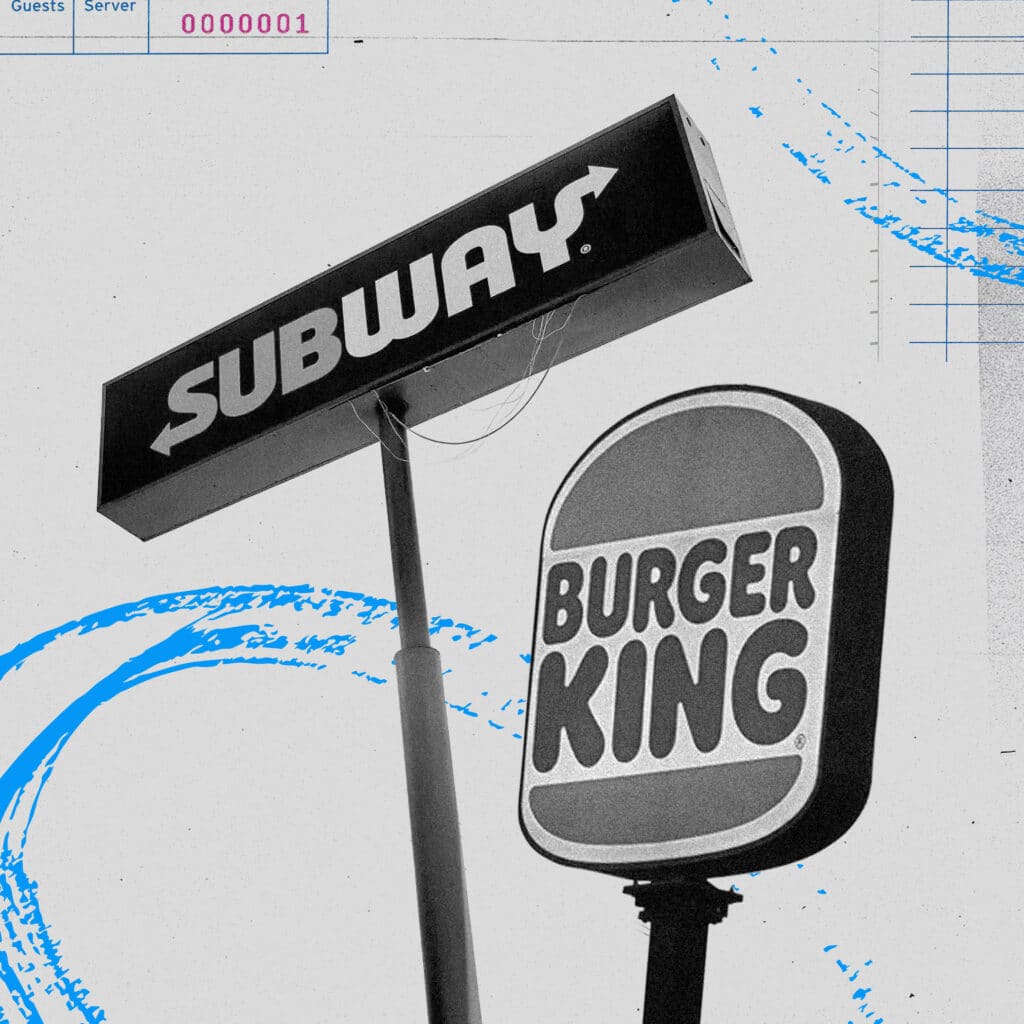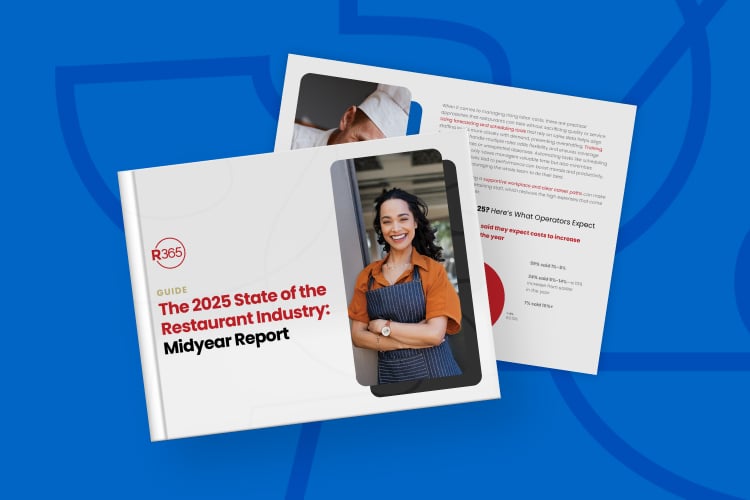What is a kitchen closing checklist?
Restaurant shifts can get hectic, making it easy for items in the long list of closing tasks to get missed. But these tasks are extremely important in keeping the restaurant clean and sanitized as well as get the restaurant ready for opening the next day. Creating a thorough checklist will help ensure that all closing procedures are properly followed.
Why is a kitchen closing checklist important?
A checklist can help reduce forgotten tasked and increase employee accountable. When organized properly, checklists can also help reduce the time spent closing the restaurant down at the end of the day.
For more great tips check out other blogs:
Who is responsible for the kitchen closing checklist?
At many restaurants, the general manager is responsible for the ensuring that closing procedures have been followed, but with so many moving parts it can be an overwhelming assignment. To make the list more manageable, some restaurants divvy up closing responsibilities between the front and back of house managers or shift supervisors.
How to implement a kitchen closing checklist
The manager on duty should review the closing assignments in the pre-shift meeting to let each employee know their responsibility for that shift. As each task is completely it should be checked off or initialed. If you are not using a digital checklist, be sure to place the paper copies of the checklist in a highly visible, easy to access place in the kitchen so that it can be referenced as needed. Laminating the checklist and providing a dry erase marker will make it easy to ensure that a fresh checklist is available to each shift.
How to create a kitchen closing checklist
Since every restaurant is different, every restaurant closing checklist will vary based on need. Below is a breakdown of basic closing tasks to get a checklist started. Be sure to tailor the list to fit your business needs, prioritize tasks based on importance, and organize the order of the steps in a way that streamlines your processes.
- Consolidate containers of the same foods
- Date and label all food that hasn’t been dated or labeled
- Rotate inventory in fridge (first in, first out)
- Restock all line stations
- Take stock of inventory and prepare or adjust any orders
- Prepare prep list for the morning staff
- Check the temperature of freezers and fridges
- Check that the walk-in and any other fridges or freezers are properly shut and locked
- Empty the dishwasher
- Wash, disinfect, and put away all cooking utensils, smallwares, glassware cutting boards, pans, etc.
- Wash rags, towels, aprons, and uniforms in the washing machine or prepare them for pickup service
- Wipe spills from backsplashes and walls
- Empty and disinfect all trash cans and recycling bins
- Clean and disinfect employee restrooms if applicable
- Turn off equipment and appliances
- Clean and sanitize all prep areas, line stations, ranges, grills, and flattops
- Make sure dry storage area is clean and organized.
- Remove and clean non-slip mats or prepare them for pickup service
- Sweep and mop the floors and replace mats
- Activate the alarm system and locking all doors
Conclusion
The proper closing of a restaurant determines whether the next day’s staff walks in well prepared for success or cleaning up yesterday’s messes. Adhering to a well-organized restaurant closing checklist will keep your kitchen running smoothly and efficiently.



